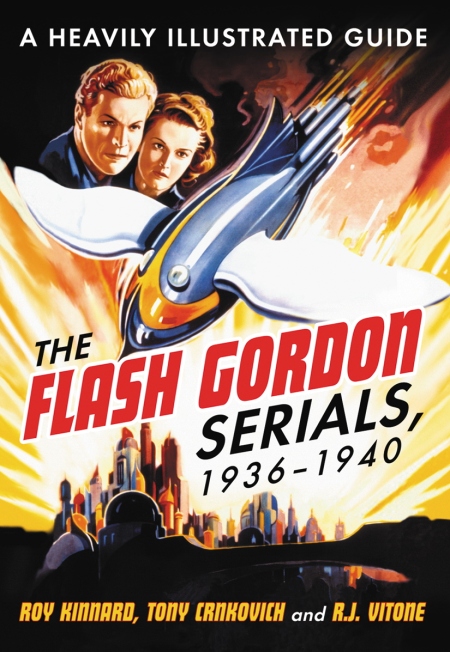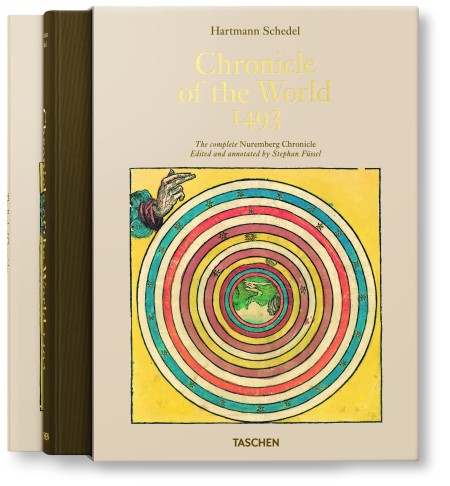 Steampunk and fantastical elements are in evidence (chronometers, automata, dirigibles, et al.) but don’t intrude unduly. And there are wondrous, moving passages full of lyricism, elegy, wonder and suggestive speculation. Cherish them as you puzzle out Rupetta’s world and its underlying culture and history. This is a strangely enchanting, wholly convincing novel.
Steampunk and fantastical elements are in evidence (chronometers, automata, dirigibles, et al.) but don’t intrude unduly. And there are wondrous, moving passages full of lyricism, elegy, wonder and suggestive speculation. Cherish them as you puzzle out Rupetta’s world and its underlying culture and history. This is a strangely enchanting, wholly convincing novel.
A review of The Old American by Ernest Hebert
 Caucus-Meteor comes across as a deeply human and interesting person who will win your respect and compassion. His tribe made Nathan and two other captives run the gauntlet. An old acquaintance and rival of Caucus-Meteor, Bleached Bones, a gambling man, places bets on Nathan bring deliberately harmed. Caucus-Meteor accepts the bet. Working behind the scenes, Caucus-Meteor tries to make the gauntlet easier for Nathan. He succeeds, and Nathan’s bravery as he ran the gauntlet wins the Indian’s admiration. They adopt him.
Caucus-Meteor comes across as a deeply human and interesting person who will win your respect and compassion. His tribe made Nathan and two other captives run the gauntlet. An old acquaintance and rival of Caucus-Meteor, Bleached Bones, a gambling man, places bets on Nathan bring deliberately harmed. Caucus-Meteor accepts the bet. Working behind the scenes, Caucus-Meteor tries to make the gauntlet easier for Nathan. He succeeds, and Nathan’s bravery as he ran the gauntlet wins the Indian’s admiration. They adopt him.
A review of 100 Chess Master Trade Secrets From Sacrifices to Endgames by Andrew Soltis
 What holds your attention, even when some of this might be familiar fare, is Soltis’s knack of annotating a chess position. He does it in such a way that he tells a story, making each player’s intentions clear. Triumph and disappointment is there for all to see.
What holds your attention, even when some of this might be familiar fare, is Soltis’s knack of annotating a chess position. He does it in such a way that he tells a story, making each player’s intentions clear. Triumph and disappointment is there for all to see.
Interview with Roland Hughes
 The author of John Smith talks about his new book, his upcoming work, how he began writing, his inspiration, on being a writer, advice for other writers, and lots more.
The author of John Smith talks about his new book, his upcoming work, how he began writing, his inspiration, on being a writer, advice for other writers, and lots more.
A review of Winning with the Najdorf Sicilian An Uncompromising Repertoire for Black by Zaven Andriasyan
 Each chapter ends with a summary of findings and advice to the second player. His general conclusion is that Black is doing fine, but there is no doubt that certain White lines are promising.
Each chapter ends with a summary of findings and advice to the second player. His general conclusion is that Black is doing fine, but there is no doubt that certain White lines are promising.
A review of The Ultimate Anti-Grunfeld A Saemisch Repertoire by Dmitry Svetushkin
 One tends to trust Svetushkin’s analyses and judgements, not least because he has about a decade’s worth of experience of playing these lines. This is a well worked out, very thorough and up-to-date study of several related opening variations.
One tends to trust Svetushkin’s analyses and judgements, not least because he has about a decade’s worth of experience of playing these lines. This is a well worked out, very thorough and up-to-date study of several related opening variations.
A review of My Chess by Hans Ree
 One sentence struck me. He writes of Euwe that, despite his solid establishment status, he preferred to mingle with bohemians rather than ‘respectable plodders’. It struck me because that’s a strand or a subtext running through many of the essays: in the Netherlands, uniquely perhaps, chess is an arena where the bourgeois and bohemian worlds meet.
One sentence struck me. He writes of Euwe that, despite his solid establishment status, he preferred to mingle with bohemians rather than ‘respectable plodders’. It struck me because that’s a strand or a subtext running through many of the essays: in the Netherlands, uniquely perhaps, chess is an arena where the bourgeois and bohemian worlds meet.
A review of The Flash Gordon Serials, 1936-1940 A Heavily Illustrated Guide By Roy Kinnard
 Flash Gordon rocketed onto the movie screen in 1936, in a serial of the same name which ran for 13 episodes. He appeared in two further movie serials – a now defunct format, killed off by television – in Flash Gordon’s Trip to Mars (1938) and Flash Gordon Conquers the Universe (1940), the latter title indicative perhaps of America’s new-found confidence as an emerging superpower. Most of us who went to Saturday Matinees as a child, to a Rialto or a local Odeon, will have seen some of these episodes, along with (say) a Laurel and Hardy short, a Disney film or a George Formby feature.
Flash Gordon rocketed onto the movie screen in 1936, in a serial of the same name which ran for 13 episodes. He appeared in two further movie serials – a now defunct format, killed off by television – in Flash Gordon’s Trip to Mars (1938) and Flash Gordon Conquers the Universe (1940), the latter title indicative perhaps of America’s new-found confidence as an emerging superpower. Most of us who went to Saturday Matinees as a child, to a Rialto or a local Odeon, will have seen some of these episodes, along with (say) a Laurel and Hardy short, a Disney film or a George Formby feature.
A review of Five Plays by Anton Chekhov translated by Marina Brodskaya
 What can one fruitfully add to the title, a title which accurately and ably, without undue fuss or bother, describes the book’s contents? Well, first one can expand upon it slightly. The plays in question areIvanov, The Seagull, Uncle Vanya, Three Sisters and The Cherry Orchard. So, all are what one can call Chekhov’s mature theatrical works.
What can one fruitfully add to the title, a title which accurately and ably, without undue fuss or bother, describes the book’s contents? Well, first one can expand upon it slightly. The plays in question areIvanov, The Seagull, Uncle Vanya, Three Sisters and The Cherry Orchard. So, all are what one can call Chekhov’s mature theatrical works.
A review of Hartmann Schedel. Chronicle of the World – 1493 edited and annotated by Stephan Fussel
 his is a beautifully produced facsimile of the German edition (it was apparently published in Latin at the time as well) of what has come to be known as the Nuremberg Chronicle. The book sets out to tell the history of the world through seven ages, though the seventh is best described as the age to come, when we can look forward to the coming of the Antichrist, Armageddon and the Last Judgement. Seems crazy to most o us, but these were all very real prospects for Hartmann Schedel and his contemporaries.
his is a beautifully produced facsimile of the German edition (it was apparently published in Latin at the time as well) of what has come to be known as the Nuremberg Chronicle. The book sets out to tell the history of the world through seven ages, though the seventh is best described as the age to come, when we can look forward to the coming of the Antichrist, Armageddon and the Last Judgement. Seems crazy to most o us, but these were all very real prospects for Hartmann Schedel and his contemporaries.